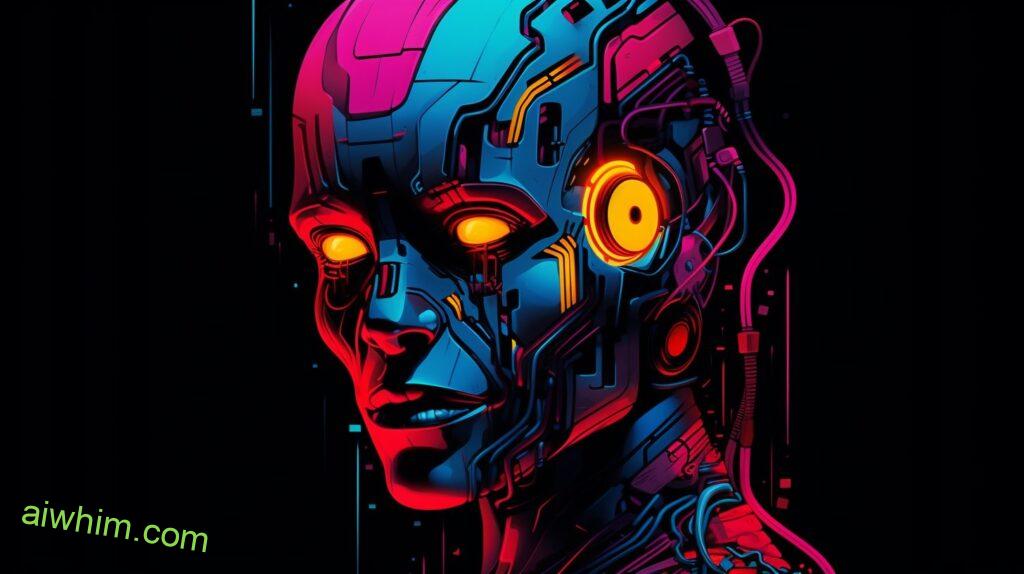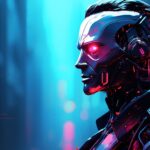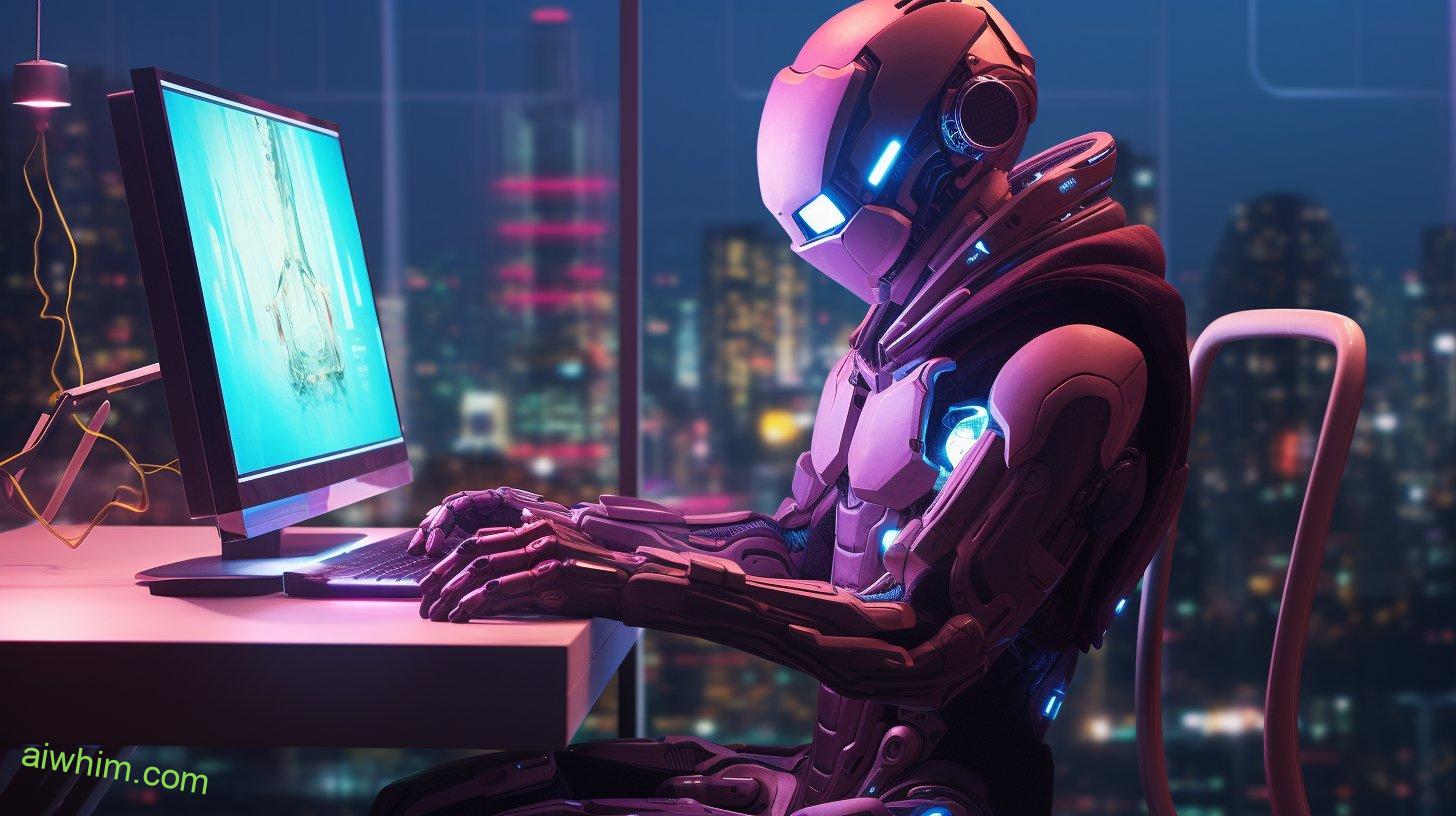Are you worried about the future of industrial design? Will AI systems replace designers? Don’t panic just yet.
While AI is making great strides in the design industry, it’s important to understand the potential impact on employment and the benefits it can bring.
Collaborating with AI systems can enhance your skills and expertise, allowing you to adapt and thrive in this changing landscape.
Let’s explore how we can strike a balance between automation and the human touch in design.
Key Takeaways
- AI systems integrated into industrial design can analyze market trends and gather consumer data, providing valuable insights for designers.
- AI automation may decrease the demand for human industrial designers in certain areas, creating a skills gap that requires continuous upskilling and staying updated with AI advancements.
- Industrial designers need to enhance their skillset and understand AI technologies to effectively incorporate them into the design process.
- Balancing automation and the human touch is crucial in design, as AI can handle repetitive tasks and generate prototypes, but human creativity, empathy, and innovation are essential for impactful and user-centric designs.
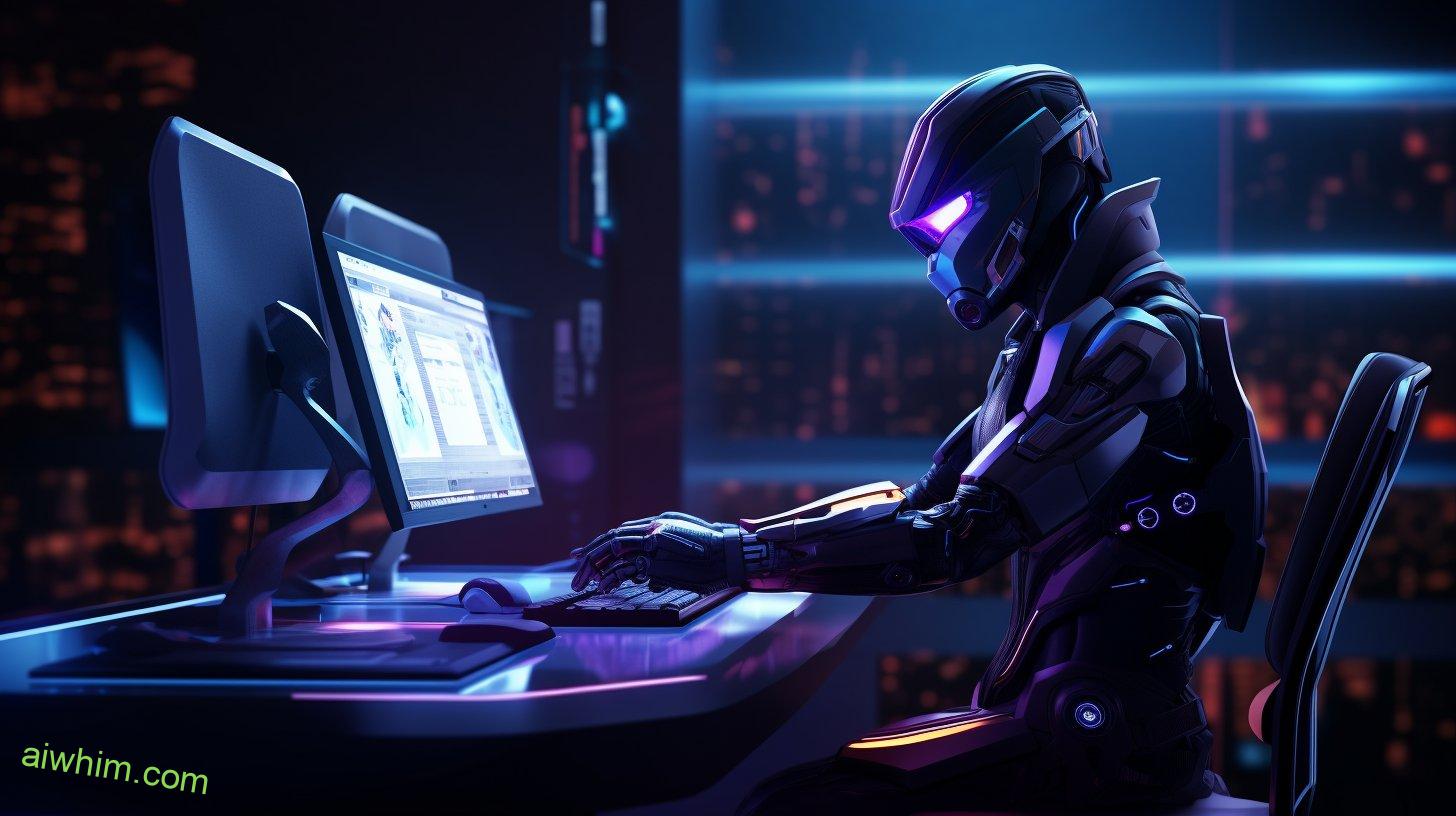
The Role of AI in Industrial Design
You may wonder how AI will impact the role of industrial designers. It’s an understandable concern, given the current trends in technology. However, instead of fearing displacement, it’s important to recognize the future possibilities that AI brings to the field of industrial design.
Currently, AI systems are already being integrated into various aspects of industrial design. They’re used to analyze market trends, gather consumer data, and even generate initial design concepts. This technology allows designers to have a deeper understanding of consumer preferences and create products that are more tailored to their needs. AI can also assist in the prototyping and testing phases, speeding up the design process and reducing costs.
Looking ahead, the future possibilities of AI in industrial design are truly exciting. With advancements in machine learning and neural networks, AI systems will be able to generate highly innovative and original designs. They’ll be able to analyze vast amounts of data, trends, and patterns to create products that aren’t only aesthetically pleasing but also functionally superior.
Furthermore, AI will enable designers to focus more on the creative aspects of their work. By automating repetitive tasks, AI systems will free up designers’ time and allow them to spend more energy on ideation and problem-solving. It will empower designers to push boundaries, experiment with unconventional materials, and explore new design philosophies.
Ultimately, AI won’t replace industrial designers. Instead, it will enhance their capabilities and elevate the field to new heights. Embracing AI as a tool and collaborator will unlock endless possibilities, allowing designers to create products that are more innovative, sustainable, and impactful.
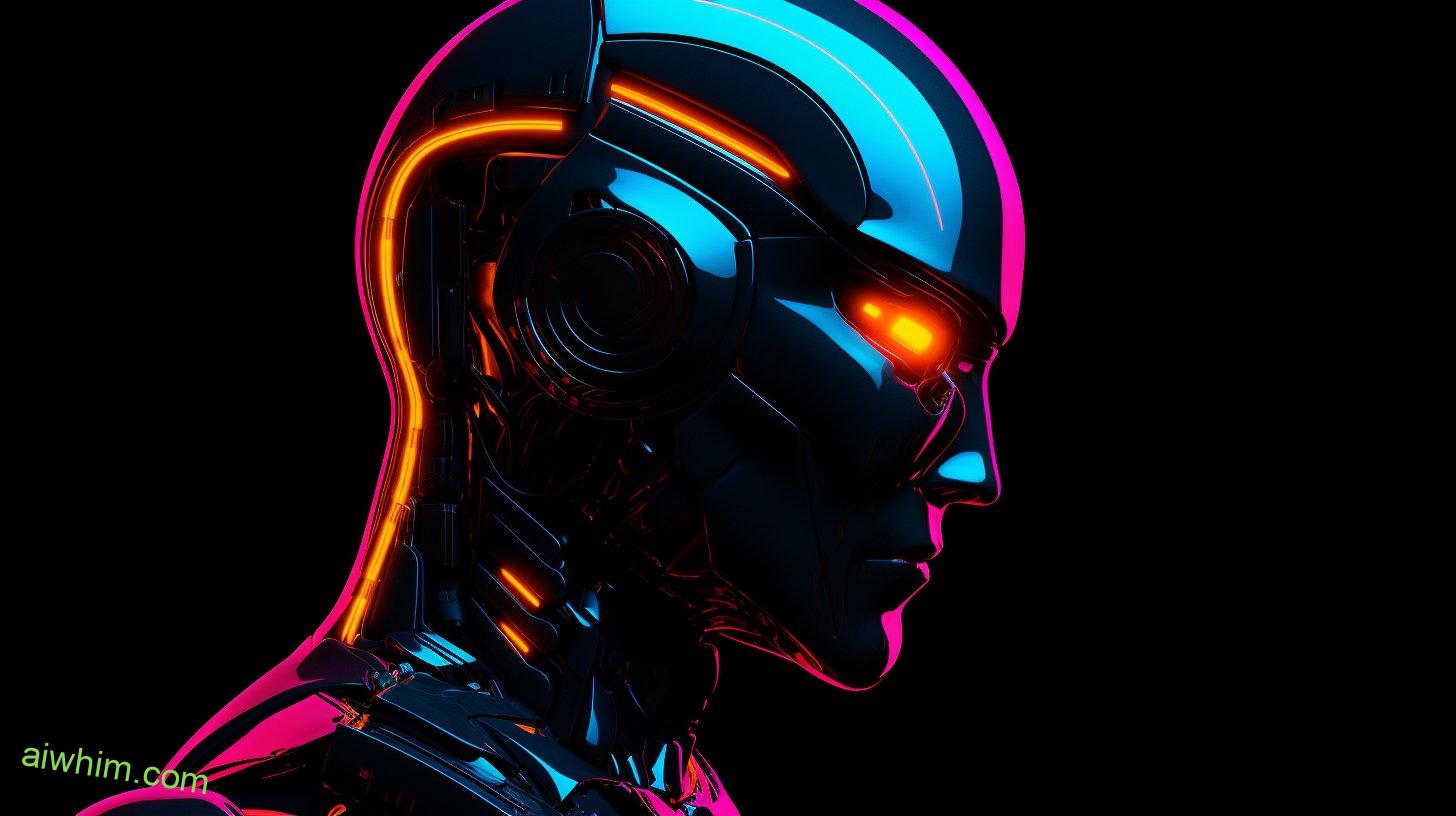
Current Applications of AI in Design
There’s no denying that AI is already being utilized in various facets of design. When it comes to graphic design, AI has made significant advancements and is now being used in a wide range of applications. From creating logos to generating unique typography, AI has the ability to streamline the design process and enhance creativity.
One of the key applications of AI in graphic design is the creation of logos. AI algorithms can analyze thousands of existing logos and generate new ones based on specific criteria and design preferences. This not only saves time but also allows designers to explore a wider range of possibilities.
Another area where AI is making an impact is user experience design. AI-powered tools can analyze user behavior and preferences to provide personalized experiences. For example, AI algorithms can track how users navigate a website or app and make real-time recommendations to improve the user experience. This level of personalization can greatly enhance user satisfaction and engagement.
Furthermore, AI can also assist in generating unique typography. By analyzing various fonts and typography styles, AI algorithms can create custom typefaces that are tailored to a specific brand or project. This not only adds a unique touch to the design but also saves time and effort for designers.
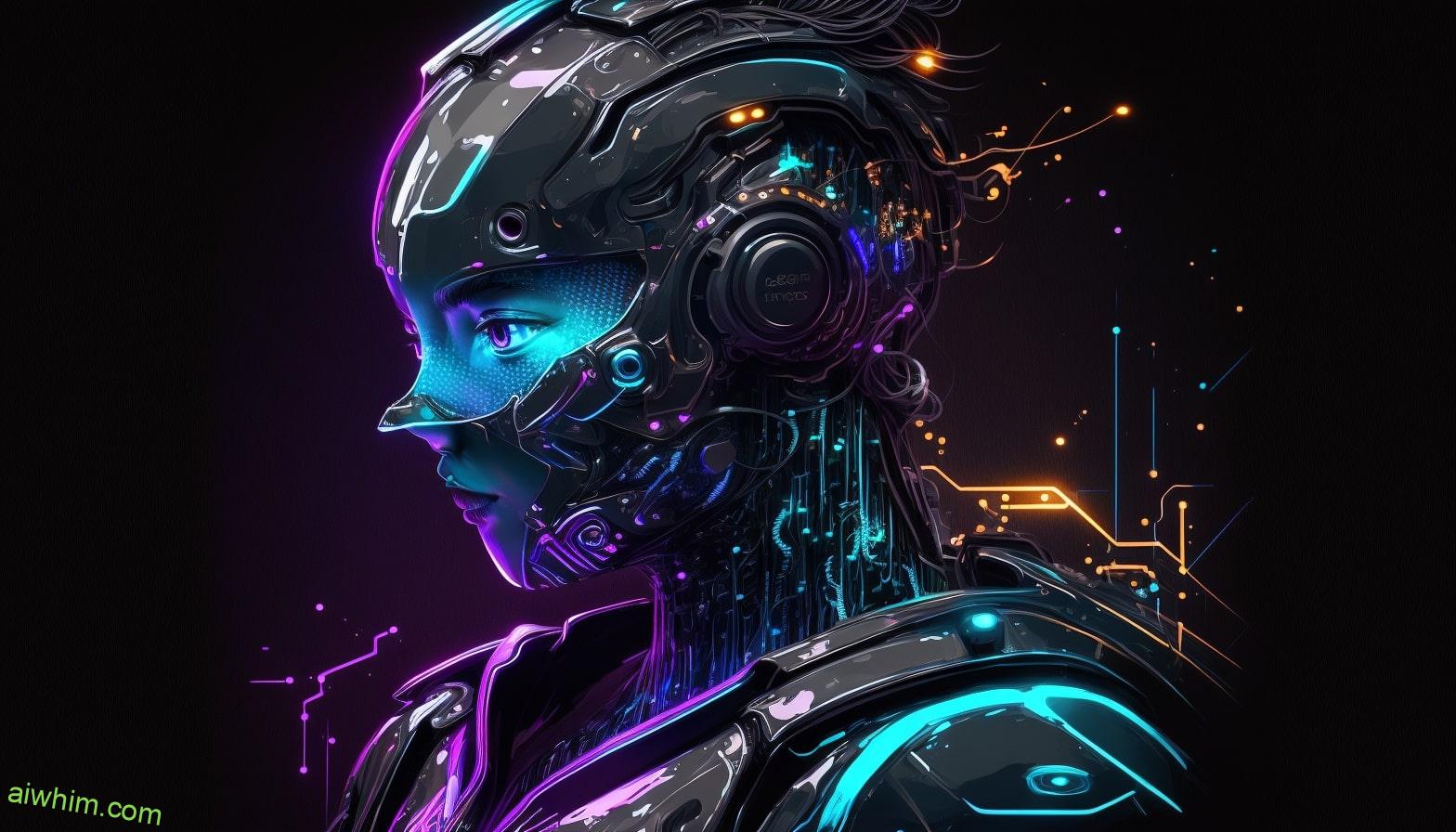
Potential Impact on Employment in the Industrial Design Industry
The potential impact of AI on employment in the design industry is a topic of concern for many professionals in the field. As AI continues to advance, there are fears that it could potentially displace industrial designers and have a significant impact on the job market.
Here are three key points to consider:
- Automation of repetitive tasks: AI has the potential to automate repetitive tasks in the design process, such as generating multiple design iterations or creating technical drawings. While this can increase efficiency and productivity, it may also lead to a decrease in the demand for human designers in certain areas.
- Augmentation of designer capabilities: AI systems can also enhance the capabilities of designers by providing them with tools and insights that were previously unavailable. For example, AI-powered design software can analyze large datasets and generate design suggestions, helping designers make more informed decisions. This augmentation of skills can help designers stay relevant and competitive in the evolving industry.
- Potential skills gap: The adoption of AI in the design industry may create a skills gap between designers who are proficient in AI technologies and those who are not. Designers who possess knowledge and skills in AI and machine learning can leverage these tools to their advantage, while others may struggle to adapt. It’s crucial for designers to continuously upskill and stay updated with the latest advancements in AI to remain competitive in the job market.
While AI has the potential to transform the design industry, it’s important to remember that it’s a tool that complements human creativity and expertise. By embracing the opportunities that AI presents, designers can harness its power to enhance their work and create innovative solutions. The key lies in striking a balance between human ingenuity and AI technology to create a future where designers and AI systems coexist harmoniously.
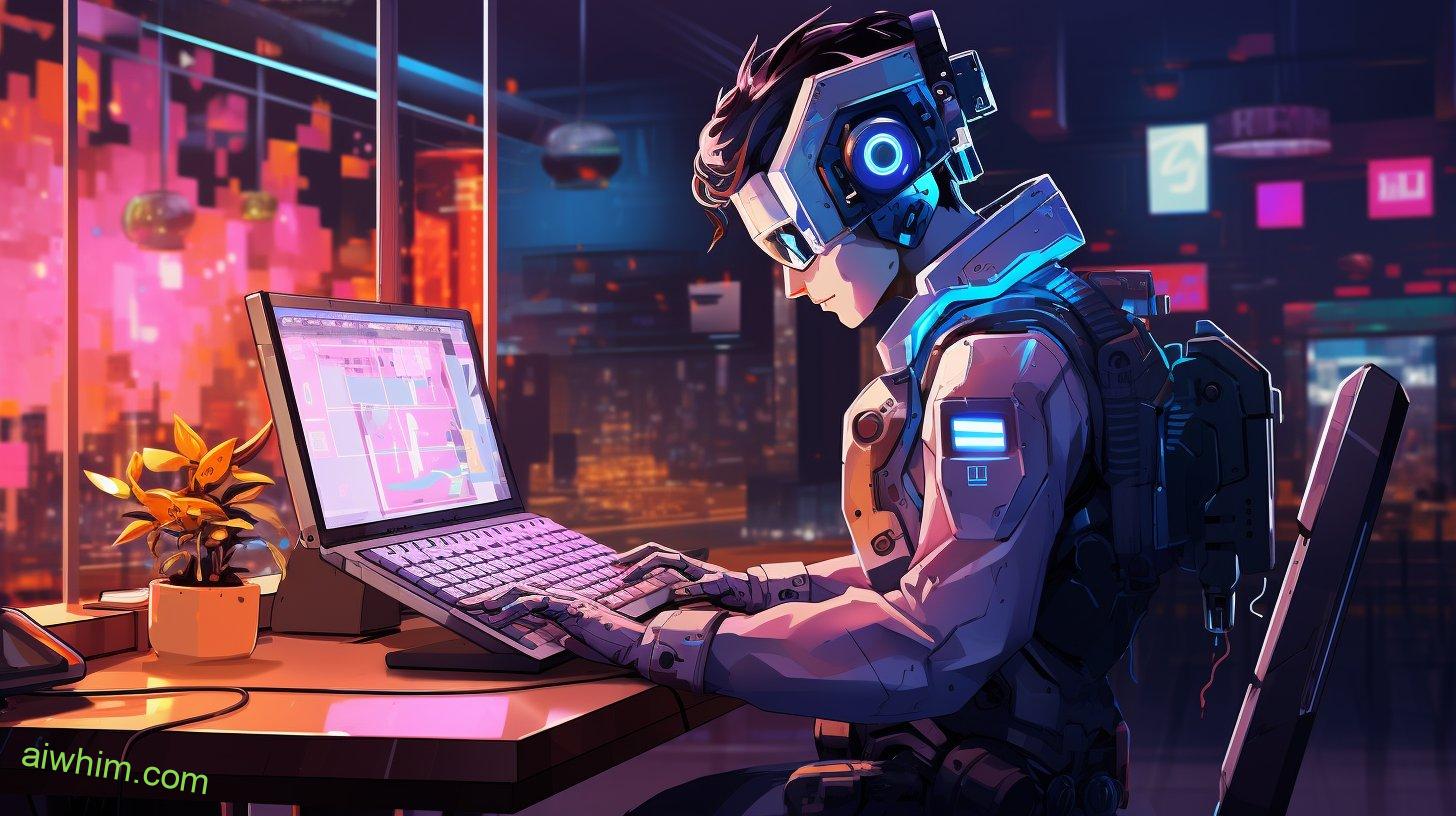
The Benefits of AI in Industrial Design
As an industrial designer, embracing AI technology can enhance your capabilities and provide you with valuable insights and tools to create innovative designs. AI has numerous advantages that can greatly impact your employment and career in the design industry.
One of the primary advantages of AI in industrial design is its ability to speed up the design process. With AI-powered software and tools, you can automate repetitive tasks, such as generating multiple design iterations or performing complex calculations. This allows you to focus more on the creative aspects of your work and deliver designs faster to clients. By utilizing AI, you can increase your productivity and efficiency, leading to higher client satisfaction and potentially more job opportunities.
Another advantage of AI in industrial design is its ability to provide valuable insights. AI algorithms can analyze vast amounts of data, such as market trends, consumer preferences, and competitor analysis. By leveraging this data, you can gain a deeper understanding of your target audience and design products that better meet their needs. This can give you a competitive edge in the industry and help you create designs that resonate with consumers.
While there may be concerns about AI replacing human designers, it’s important to recognize that AI is a tool that can augment your skills rather than replace you. By collaborating with AI systems, you can leverage its capabilities to enhance your own creativity and problem-solving abilities. AI can provide you with new perspectives and suggestions, helping you push the boundaries of your designs.

Challenges Faced by Industrial Designers in the Age of AI
In the age of AI, you may encounter challenges as an industrial designer that require adapting your skills and embracing new technologies. As the integration of AI becomes more prevalent in the design industry, it’s important to understand the challenges that arise and how they impact the efficiency of the design process.
Here are some challenges you may face in AI integration:
- Skillset Enhancement: With the introduction of AI, industrial designers need to enhance their skillset to keep up with the changing demands of the field. This may involve learning new software tools, understanding algorithms, and analyzing data to optimize the design process.
- Collaboration with AI Systems: Working alongside AI systems can bring about challenges in terms of communication and cooperation. It’s crucial to establish a seamless collaboration between designers and AI systems to ensure a smooth workflow and effective utilization of AI capabilities.
- Ethical Considerations: As AI becomes more involved in the design process, ethical considerations come into play. Designers need to be aware of the potential biases and ethical implications that AI systems may introduce to the design process. Striking a balance between AI-driven efficiency and ethical decision-making is essential.
The impact of these challenges on design process efficiency can’t be ignored. While AI integration can enhance productivity and automate repetitive tasks, it also requires careful management to prevent potential disruptions and ensure a harmonious integration of AI into the design workflow.
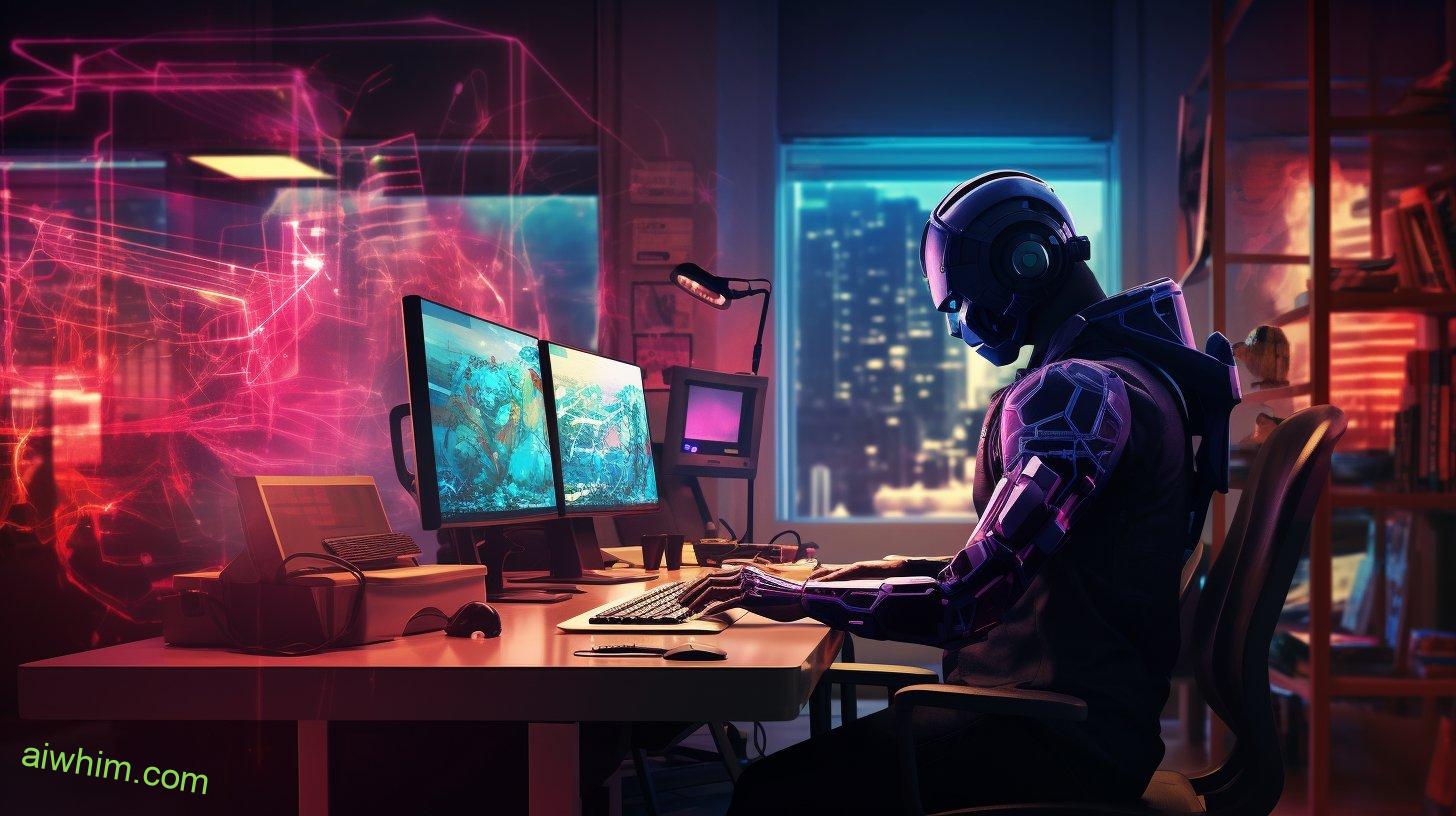
How AI Can Enhance the Design Process
You can enhance the design process by leveraging AI technology and its capabilities to optimize efficiency and streamline workflow. AI-driven design tools are revolutionizing the way industrial designers work. These tools have the ability to analyze vast amounts of data, generate design options, and even predict consumer preferences. With AI, you have access to a wide range of design possibilities that can inspire and inform your creative process.
AI-driven design tools can help you generate unique and innovative design ideas. By analyzing existing designs and patterns, AI can provide you with design inspiration that you may not have considered before. It can generate design options based on specific parameters, such as user preferences, material constraints, and functional requirements. This allows you to explore a variety of design possibilities quickly and efficiently.
Furthermore, AI can assist you in streamlining the design process. It can automate repetitive tasks, such as generating design variations or performing design simulations. This frees up your time and allows you to focus on more creative aspects of the design process. AI can also help you make informed design decisions by analyzing data and providing insights and recommendations.
By leveraging AI technology, you can optimize efficiency in the design process. AI-generated design inspiration and AI-driven design tools enable you to explore a wider range of design options and make informed decisions. This not only saves time but also enhances the quality and innovation of your designs.
Embracing AI in your design practice can empower you to push the boundaries of creativity and achieve greater freedom in your work.
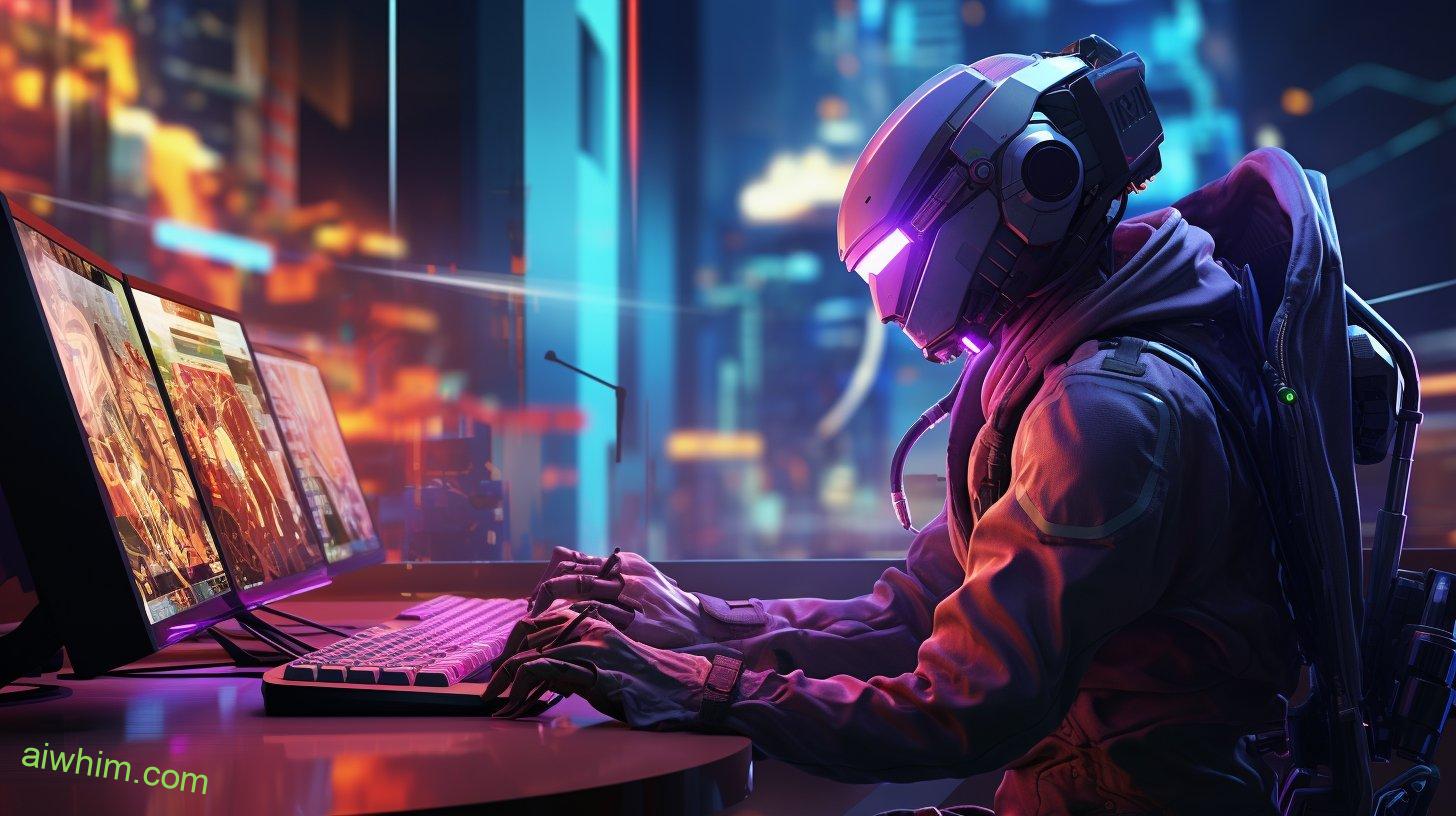
The Role of Human Creativity in Design
Your creativity plays a crucial role in the design process, allowing you to bring unique perspectives and innovative ideas to the table. In a world where technology is advancing at an exponential rate, it’s easy to wonder if human creativity will still hold value. However, it’s important to recognize that no matter how advanced AI systems become, they’ll never be able to replicate the depth and complexity of human creativity.
Here are three reasons why your creativity is irreplaceable in the design process:
- Emotional Connection: Your ability to understand and empathize with the human experience is what sets your designs apart. AI may be able to analyze data and trends, but it lacks the emotional intelligence and intuition that only you possess. It’s through your creativity that you can create designs that truly resonate with people on a deeper level.
- Out-of-the-Box Thinking: Your imagination knows no bounds. While AI may rely on existing data and algorithms, you’ve the power to think beyond the confines of what already exists. Your creativity allows you to explore new possibilities, challenge conventions, and come up with groundbreaking ideas that can revolutionize the design industry.
- Adaptability and Flexibility: The design process isn’t a linear path, and it often requires flexibility and adaptability. Your creativity allows you to embrace uncertainty, think on your feet, and pivot when needed. AI, on the other hand, is rigid and limited by its programming. Your ability to think creatively and make quick decisions is what makes you an invaluable asset in the design process.

AI-Assisted Design Tools and Technologies
With the rise of AI-assisted design tools and technologies, designers like yourself can leverage these advancements to enhance your creative process and streamline your workflow. AI-powered design tools have had a significant impact on the design industry, revolutionizing the way designers work and pushing the boundaries of creativity.
These AI tools have the ability to generate design ideas, suggest improvements, and even automate certain tasks. They can analyze vast amounts of data and provide valuable insights that can inform the design process. By harnessing the power of AI, you can save time and effort, allowing you to focus on the more critical aspects of your work.
One of the most significant advantages of AI-powered design tools is their ability to generate design variations quickly. By inputting a set of parameters or design goals, the AI system can generate numerous design options in a matter of seconds. This allows you to explore a wide range of possibilities and iterate on your designs more efficiently.
AI-powered tools also excel at automating repetitive and mundane tasks. This frees up your time to focus on the more creative and strategic aspects of your work. For example, AI can assist in creating wireframes, generating color palettes, and even suggesting layout options. By offloading these tasks to AI, you can devote more energy to the artistic and conceptual aspects of your designs.
While AI-assisted design tools offer tremendous benefits, it’s essential to remember that they’re tools, not replacements for human creativity. Designers still bring their unique perspectives, emotions, and experiences to the table. AI can enhance and augment your creative process, but it can’t replicate the human touch and intuition that drives great design.
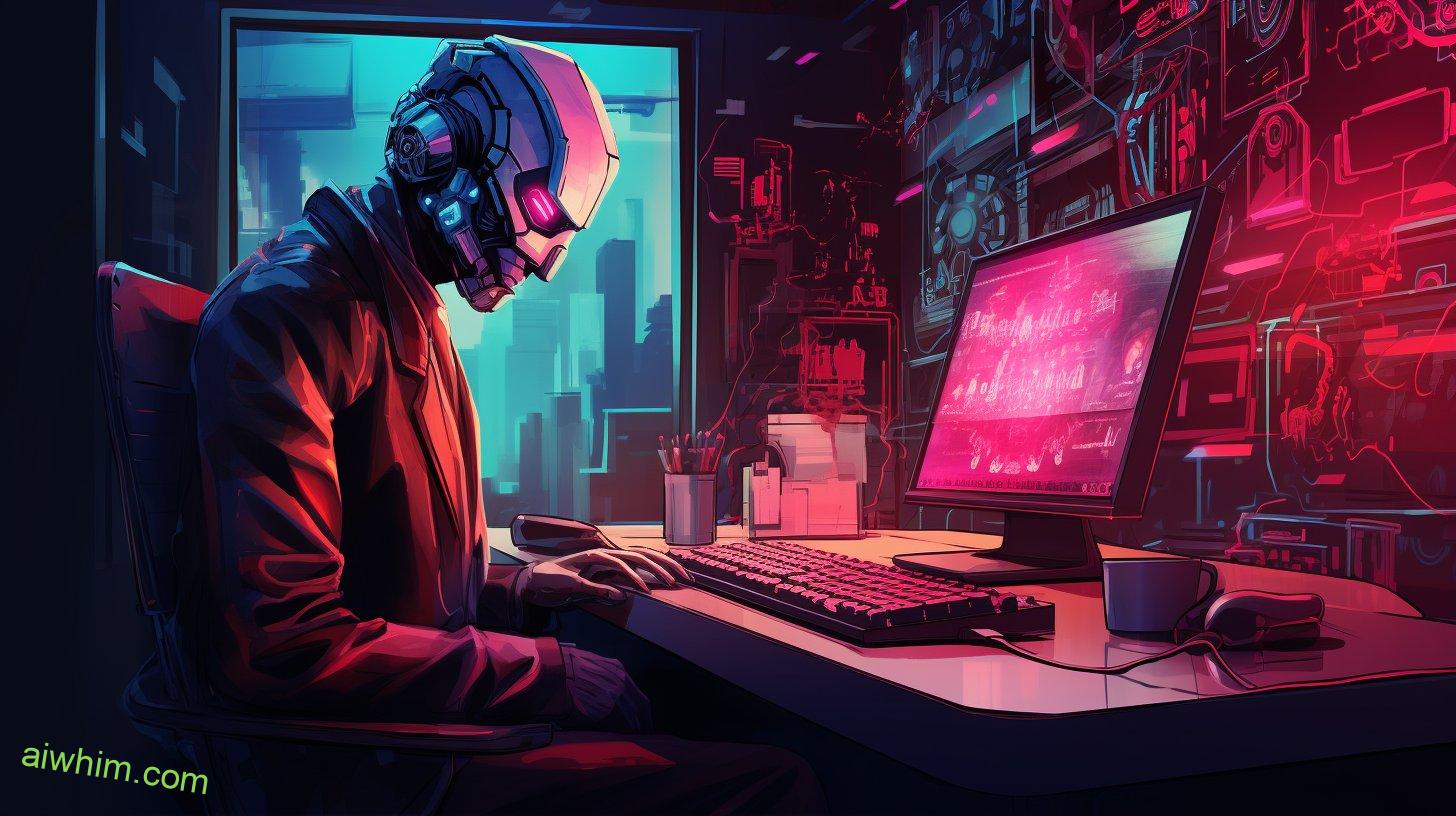
Ethical Considerations in AI-Driven Design
As a designer, it’s important to consider the ethical implications of using AI-driven design tools in your work. AI technology has the potential to greatly enhance the design process, but it also raises important questions about responsibility and the impact on society.
Here are three key considerations when it comes to ethics in AI design and responsible AI implementation:
- Transparency: Ensure that the AI algorithms used in your design tools are transparent and explainable. Users should have a clear understanding of how the AI system works and how it makes its design decisions. This transparency allows designers to take responsibility for the outcomes and helps prevent biases or unethical practices from being inadvertently baked into the design process.
- Accountability: Designers must be accountable for the ethical implications of AI-driven design. It’s essential to consider the potential consequences of the AI’s decisions and take steps to mitigate any negative impact. This may involve setting limits on the AI’s decision-making abilities or establishing guidelines for ethical design practices.
- User Privacy and Consent: When using AI-driven design tools, it’s crucial to respect user privacy and obtain informed consent. Designers should ensure that users are aware of how their data is being used and have the option to opt out if they choose. By respecting user privacy and consent, designers can foster trust and maintain the freedom of choice for users.

The Future of Industrial Design With AI
In the future, AI-driven design will revolutionize the field of industrial design, allowing for more efficient and innovative processes. Traditional methods will be impacted greatly by these future advancements, as AI systems have the potential to take on tasks that were once solely the responsibility of human designers. However, this does not mean that industrial designers will be displaced entirely. Instead, AI will enhance and augment their creative abilities, enabling them to achieve even greater levels of design excellence.
Here is a visual representation of the future advancements and their impact on traditional methods:
| Future Advancements | Impact on Traditional Methods |
|---|---|
| AI-generated designs | Streamlining the design process and reducing time and effort required |
| Virtual reality modeling | Enhancing visualization and allowing for more accurate prototyping |
| Data-driven insights | Providing designers with valuable information and trends for better decision making |
| Automation of repetitive tasks | Freeing up designers’ time to focus on more creative and strategic aspects |
| Collaboration with AI systems | Facilitating teamwork and collaboration among designers and AI systems |
With AI-driven design, you will have access to powerful tools and technologies that will empower you to push the boundaries of your creativity. The automation of repetitive tasks will allow you to spend more time on the aspects of design that truly require your human touch. AI-generated designs will provide you with fresh perspectives and inspiration, while data-driven insights will guide your decision-making process.
Embracing AI in industrial design does not mean giving up your freedom as a designer. Instead, it opens up new possibilities and allows you to explore uncharted territories. The future of industrial design with AI is a partnership that will amplify your skills and enable you to create designs that were previously unimaginable. So, embrace the future and let AI be your ally in the pursuit of design freedom.
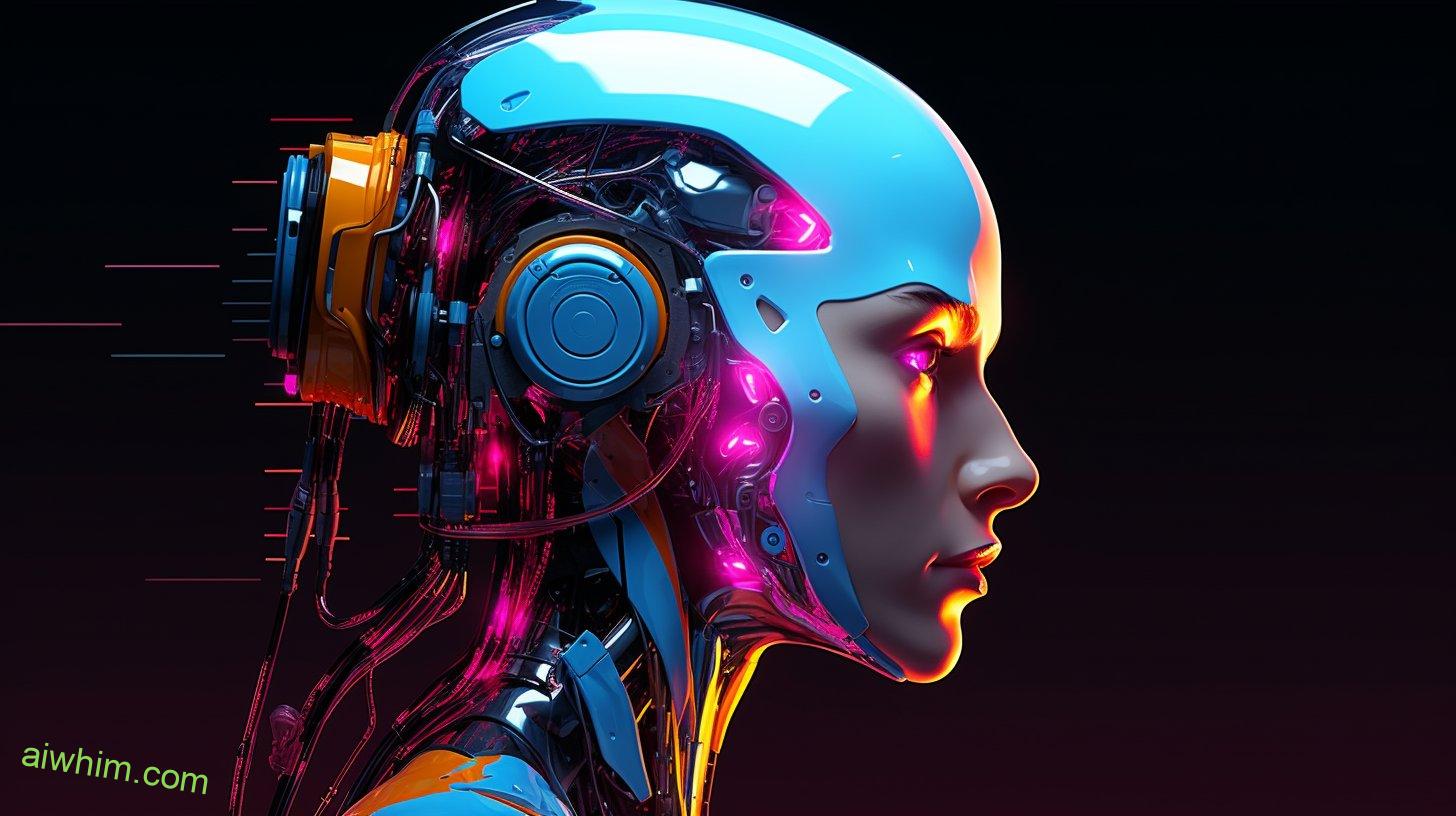
Collaboration Between AI Systems and Designers
You can collaborate with AI systems to enhance your design process and achieve innovative solutions. AI systems aren’t here to replace you as a designer, but rather to assist you in your creative journey.
Here are three ways in which collaborating with AI systems can revolutionize your design process:
- Enhanced User Experience: AI systems can analyze user data and feedback to provide valuable insights into the needs and preferences of your target audience. By incorporating these insights into your design, you can create products that truly resonate with users, leading to a more satisfying user experience.
- Efficient Iteration: AI systems can help streamline the design iteration process by quickly generating and evaluating multiple design options. This allows you to explore a wider range of possibilities and iterate more efficiently, saving you time and effort.
- Unleashing Creativity: AI systems can inspire and stimulate your creativity by offering new perspectives and ideas. By collaborating with AI systems, you can tap into their vast knowledge and expertise, allowing you to think outside the box and come up with truly innovative solutions.
The future of collaboration between designers and AI systems is promising. By embracing the power of AI, you can elevate your design process and unlock new levels of creativity. Remember, AI systems aren’t here to replace you, but to augment your skills and help you achieve your design goals.

Skills and Expertise Needed in the AI-Driven Design Industry
Now let’s talk about the skills and expertise needed in the AI-driven design industry. As a designer, you play a crucial role in the integration of AI into your work. It’s important to understand how to effectively collaborate with AI systems and leverage their capabilities to enhance your designs.
First and foremost, you need to have a strong foundation in design principles. AI can assist you in generating ideas and prototypes, but it’s your creative vision that will bring those ideas to life. Your ability to think critically, problem-solve, and communicate your ideas will always be invaluable.
Additionally, you should have a solid understanding of AI technologies and their applications in design. Familiarize yourself with machine learning algorithms, data analysis, and computer vision. This knowledge will enable you to harness the full potential of AI tools and make informed decisions about their implementation in your design process.
Furthermore, adaptability is key in the AI-driven design industry. As technology continues to evolve, you must be open to learning new tools and techniques. Embrace the changes that AI brings and be willing to experiment with different approaches in your work.
Collaboration skills are also crucial in this industry. You’ll often find yourself working alongside AI systems, so being able to effectively communicate and collaborate with them is essential. This includes understanding how to give clear instructions to AI systems and interpreting their outputs to refine your designs.
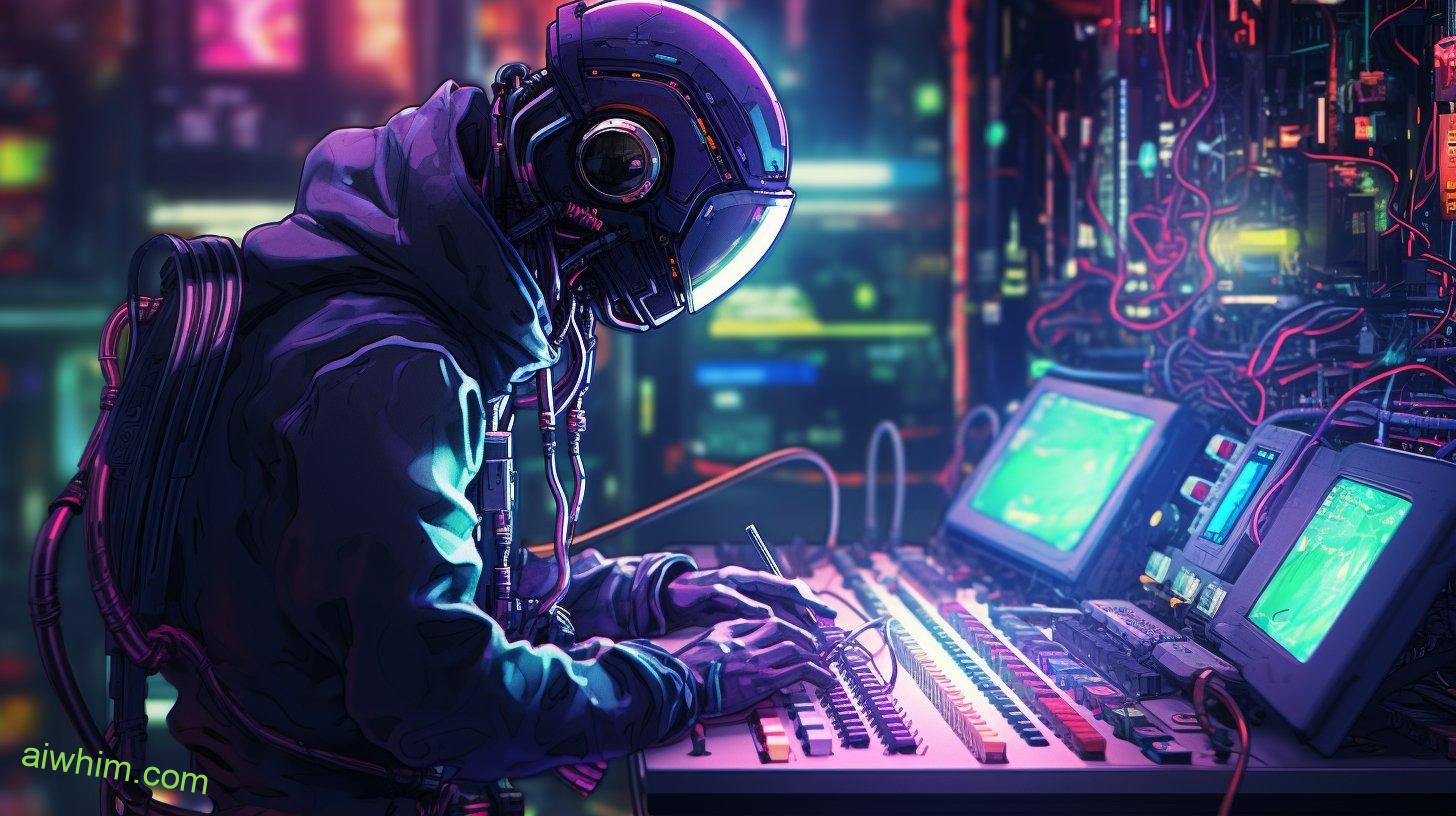
Adapting to the Changing Landscape of Industrial Design
As a designer in the AI-driven design industry, your ability to adapt to the changing landscape is crucial for staying ahead in this rapidly evolving field. The advancements in artificial intelligence technology have revolutionized the way design is approached, presenting both challenges and opportunities for professionals like you.
To thrive in this dynamic environment, you need to embrace flexibility and continuously update your strategies to keep up with the evolving roles in industrial design.
Here are three key points to consider as you adapt to the changing landscape of industrial design:
- Embrace collaborative workflows: With the integration of AI systems, the role of the designer has shifted from being the sole creator to a collaborator with intelligent algorithms. Embracing this change allows you to leverage the power of AI to enhance and amplify your creative output. By working hand in hand with AI, you can explore new possibilities and push the boundaries of design.
- Develop interdisciplinary skills: As AI becomes more prevalent in the design industry, it’s essential to broaden your skill set beyond traditional design principles. Acquiring knowledge in fields such as data analysis, machine learning, and human-computer interaction will enable you to better understand the capabilities and limitations of AI systems. This interdisciplinary approach will give you a competitive edge and open new doors in your career.
- Emphasize human-centered design: As AI systems become more sophisticated, there’s a risk of losing sight of the human element in design. To counteract this, it’s crucial to prioritize human-centered design principles. By putting the needs and experiences of users at the forefront, you can create designs that aren’t only aesthetically pleasing but also functional and intuitive.
In this ever-evolving landscape, adapting your strategies and embracing the evolving roles in industrial design will be key to your success. By staying open-minded, continuously learning, and prioritizing human-centered design, you can harness the power of AI to create innovative and impactful designs that resonate with users.
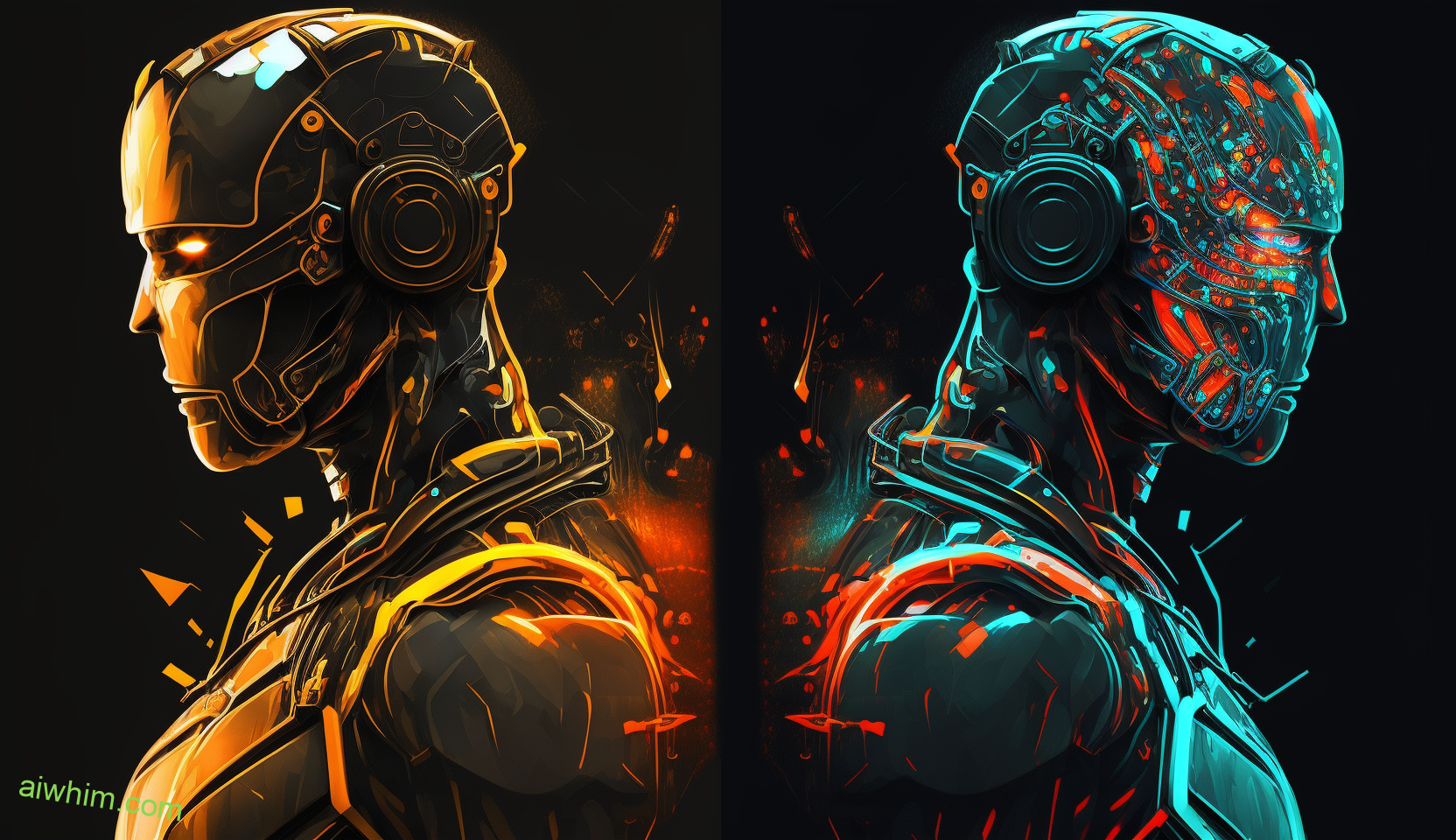
Balancing Automation and Human Touch in Design
Finding the right balance between automation and the human touch is crucial for you as a designer in the rapidly evolving field of industrial design. In this age of technology, where automation seems to be taking over various industries, it’s important to remember the essence of human-centered design approach.
While automation can streamline and expedite certain aspects of the design process, it’s the human touch that adds the creativity, intuition, and empathy that machines can’t replicate.
Automation in the design process has undoubtedly brought numerous benefits. It can handle repetitive and mundane tasks, allowing you to focus on more intricate and creative aspects of your work. Automated tools and software can assist in generating quick prototypes, conducting simulations, and analyzing data, enabling you to make informed design decisions. However, relying solely on automation in the design process can result in a lack of human connection and innovation.
Embracing a human-centered design approach means putting people at the center of your design process. It involves understanding their needs, desires, and aspirations, and using that knowledge to create meaningful and impactful designs. While automation can provide efficiency, it’s your unique human touch that can truly connect with users on an emotional level. It’s your ability to empathize, interpret, and translate human experiences into design solutions that sets you apart as a designer.
So, strive to find the right balance between automation and the human touch in your design practice. Let automation assist you in the technical aspects, while you bring your creativity, intuition, and empathy to create designs that resonate with people. Remember, the human-centered design approach isn’t about replacing humans with machines, but rather using technology as a tool to enhance and empower your design process.
Embrace the freedom to create designs that combine the best of automation and the human touch, resulting in truly impactful and user-centric solutions.
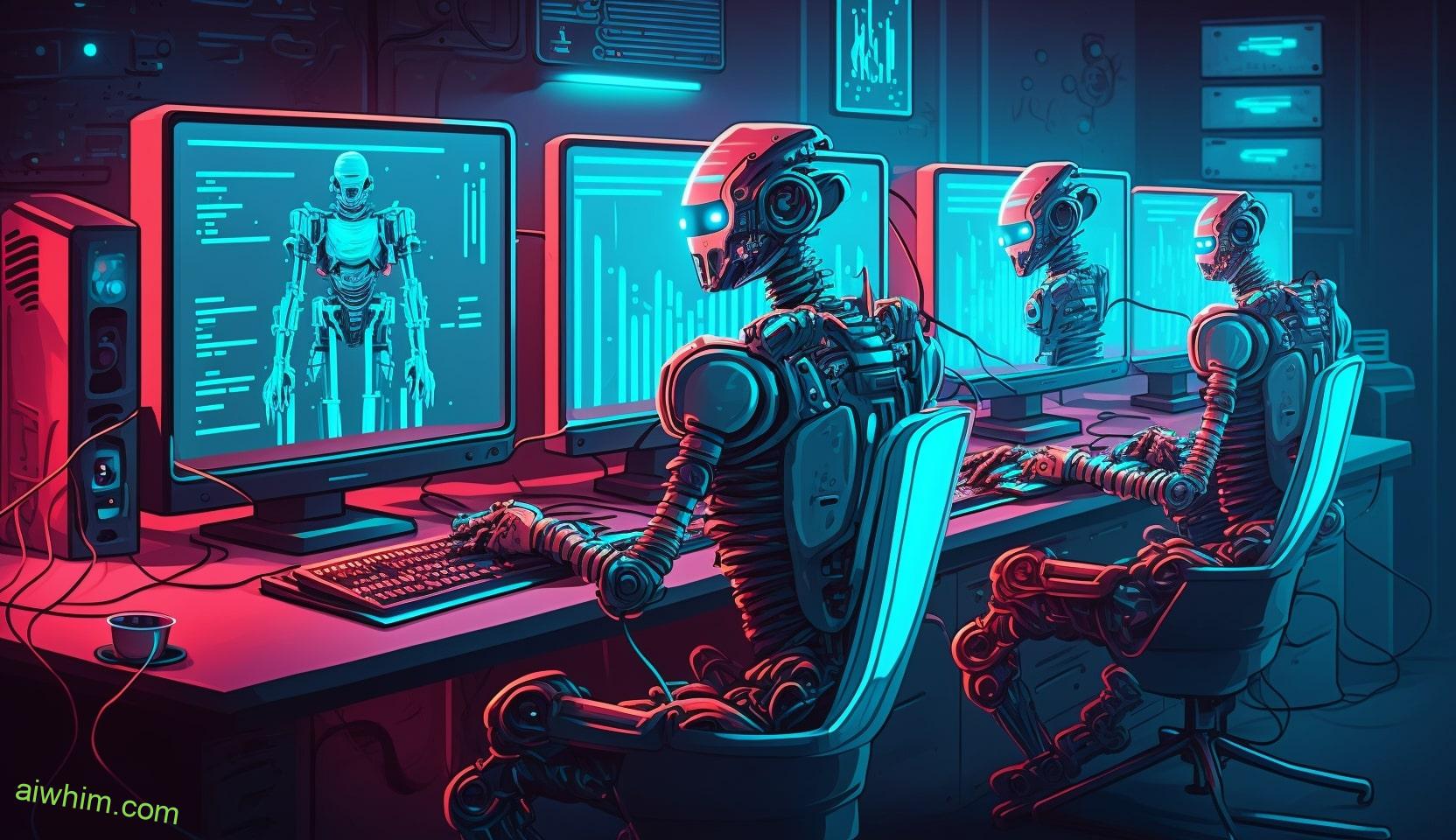
Frequently Asked Questions
How Do AI Systems Impact the Job Market for Industrial Designers?
AI systems have a significant impact on the job market for industrial designers. They are revolutionizing the industry by automating certain tasks, leading to increased efficiency and productivity.
Are There Any Potential Ethical Concerns With the Use of AI in Industrial Design?
Potential risks and ethical implications arise when using AI in industrial design. Consider how AI may impact creativity, human touch, and job displacement. It’s important to address these concerns and ensure a balance between technology and human input.
What Is the Future Outlook for the Role of Industrial Designers in an AI-Driven Industry?
The future job prospects for industrial designers in an AI-driven industry are promising. To succeed, you’ll need to develop skills that complement AI technology and embrace the opportunities it brings.
How Can Designers Adapt to the Changing Landscape of Industrial Design With the Rise of AI Systems?
You can adapt to the changing landscape of industrial design with the rise of AI systems by developing new strategies and acquiring new skills. Embrace the freedom to explore and innovate in this evolving field.
How Can the Balance Between Automation and Human Touch Be Achieved in the Design Process With the Use of AI?
Achieving harmony in the design process with AI means maintaining creativity. You can strike the perfect balance by embracing the possibilities AI offers while still preserving your unique human touch. Don’t fear, freedom awaits!

Conclusion
In this AI-driven era, industrial designers must embrace the collaboration between AI systems and human creativity. While some fear displacement, the truth is that AI will enhance and complement the skills of designers, not replace them.
Like a symphony conductor guiding an orchestra, designers will harness the power of AI to create harmonious, innovative designs. Together, they’ll compose a masterpiece that combines the precision of technology with the soulful touch of human imagination, evoking awe and inspiration in all who behold it.

